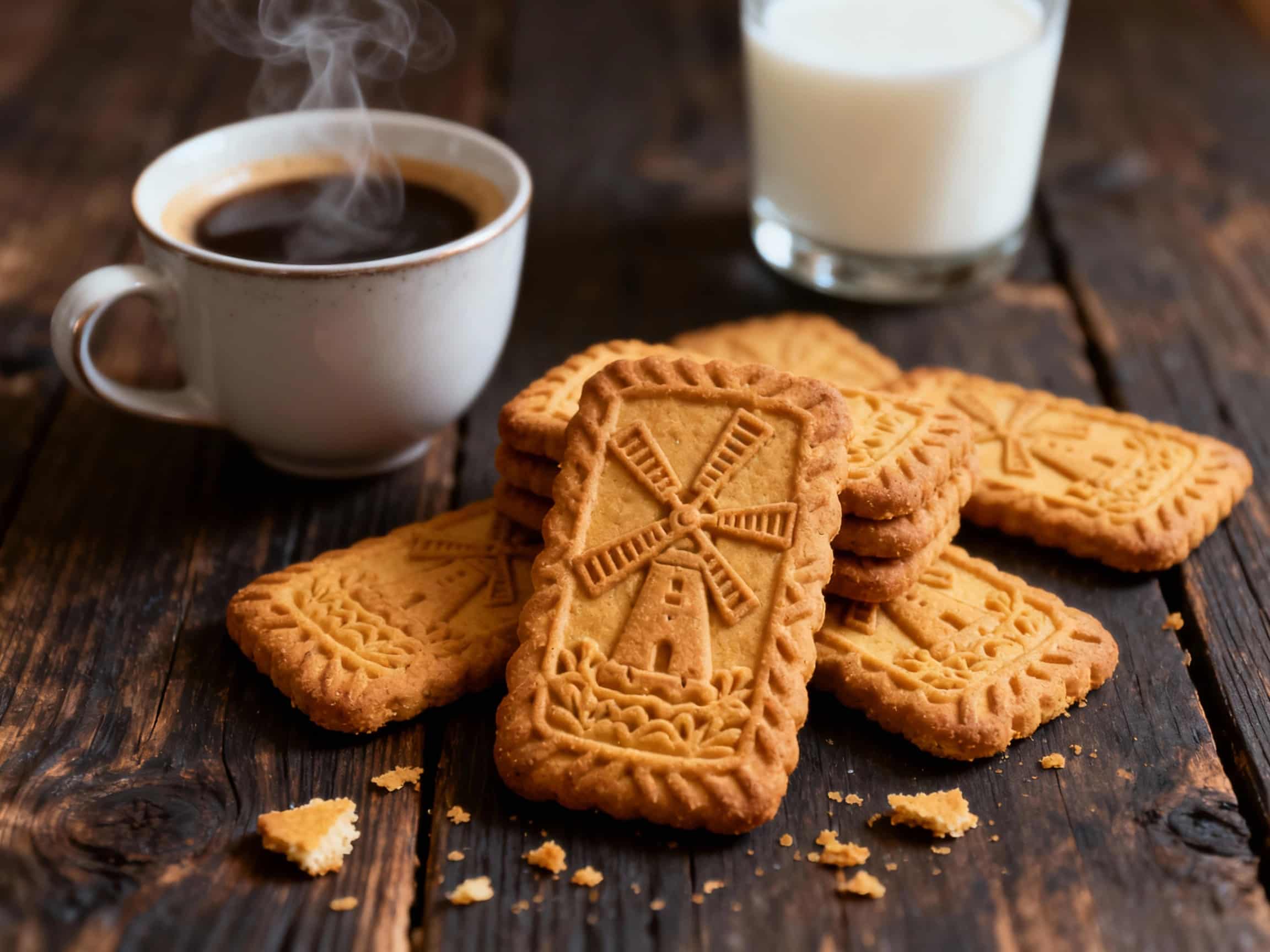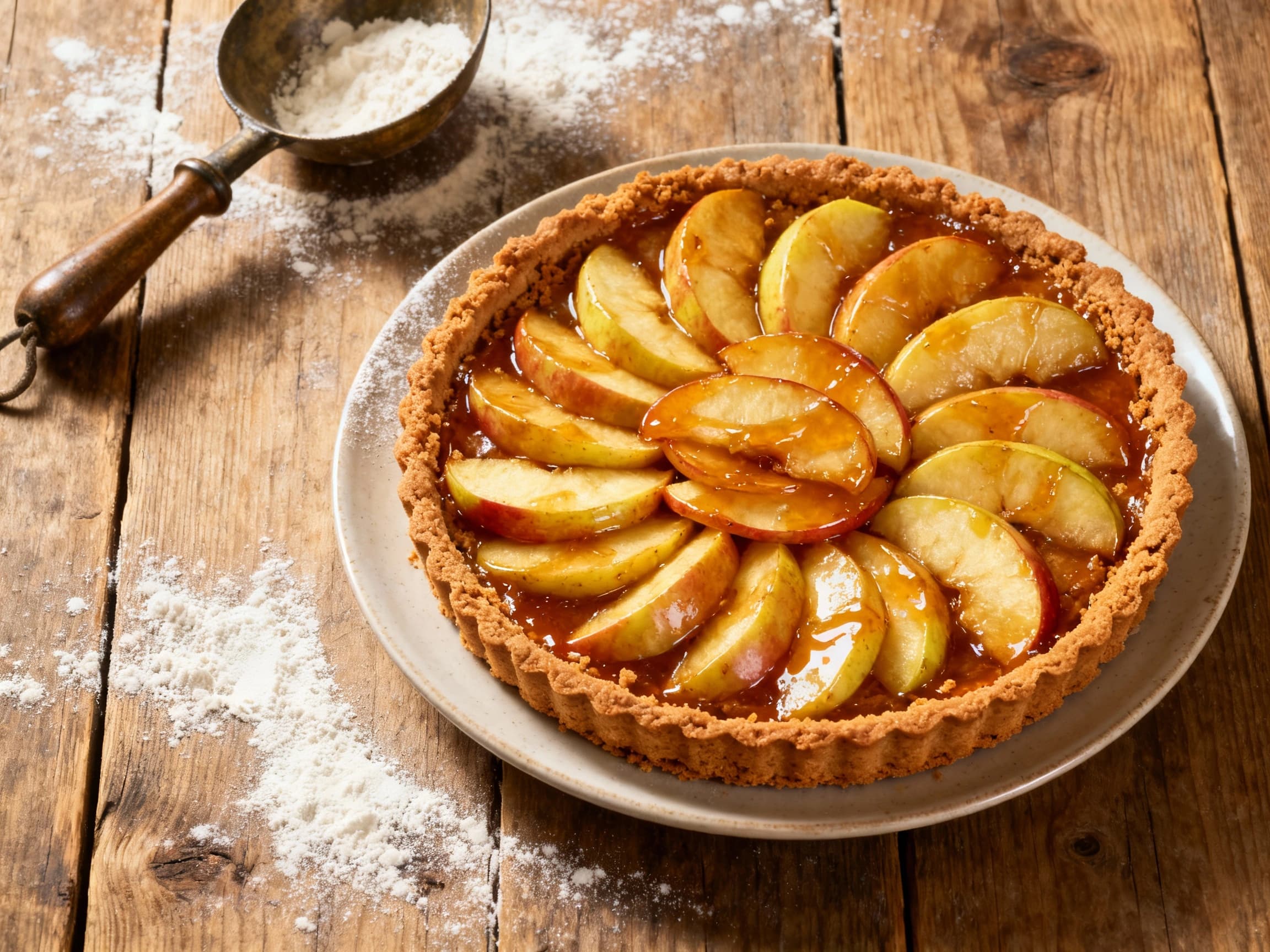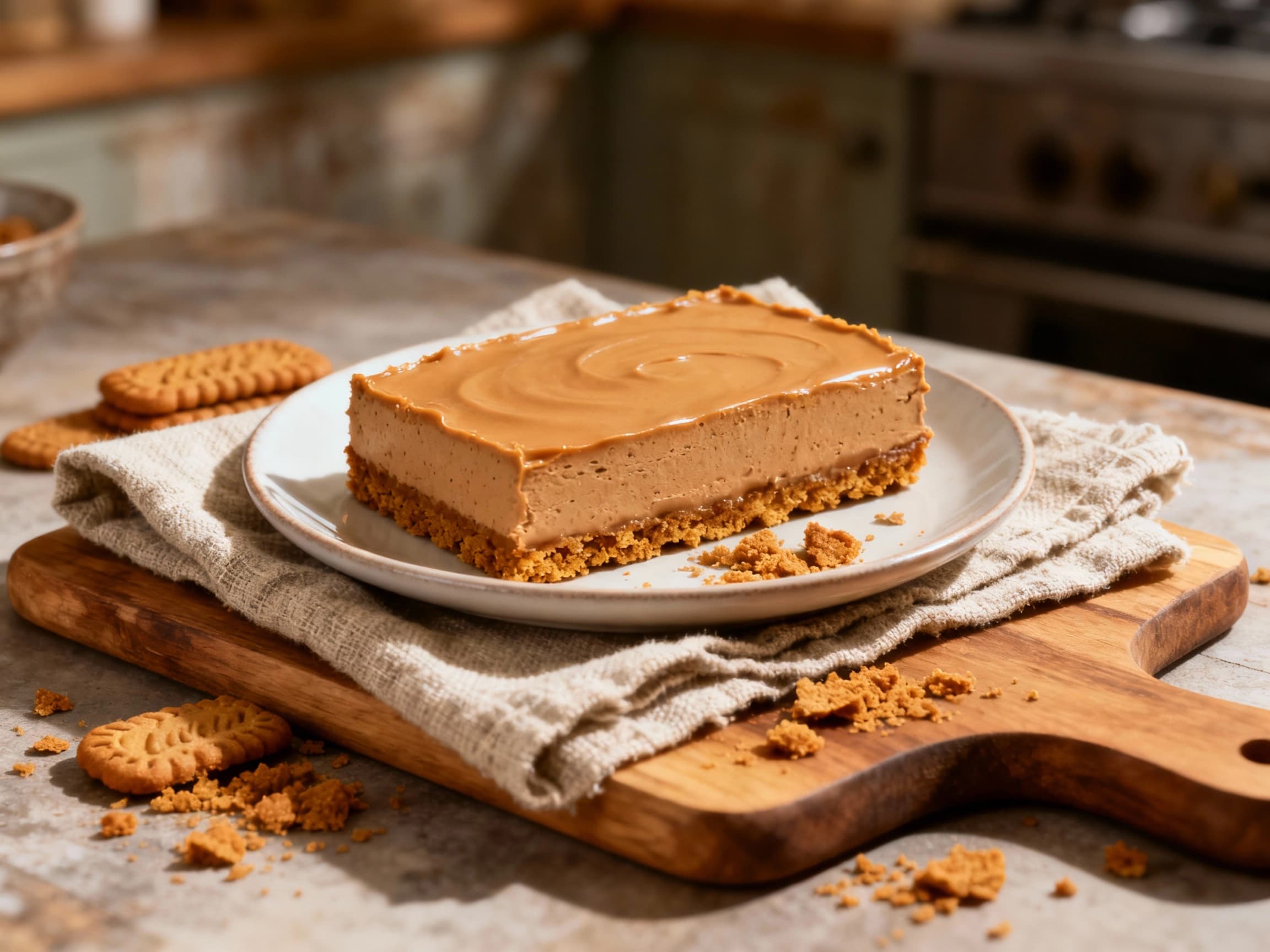
Speculoos
Speculoos
- Country
- Belgium
- Region
- Not specified
- Recipes
- 3 Recipes
Dish information
Speculoos, or 'speculaas' in Dutch, are thin, crunchy, spiced shortbread cookies particularly popular in Belgium and the Netherlands. Traditionally associated with the feast of Saint Nicholas (Sinterklaas) on December 6th, their origins are rooted in the 17th century, when Dutch traders brought spices like cinnamon, nutmeg, cardamom, and cloves from the East Indies. The name 'speculoos' is believed to derive from the Latin word 'speculator,' meaning 'one who looks,' referring to Saint Nicholas, or from 'speculum,' meaning 'mirror,' potentially referencing the carved wooden molds used to imprint images onto the cookies. The iconic molded images often depict Saint Nicholas himself, windmills, or traditional scenes. The specific spice blend, often referred to as 'koekruiden' (cookie spices), gives Speculoos its distinctive warm and aromatic flavor profile. The texture is notably brittle and crisp due to the high proportion of sugar and butter and the baking process. Over time, Speculoos has transcended its holiday origins and is now enjoyed year-round, often crumbled into desserts, spread as a paste (like its popular brand variant), or simply enjoyed with coffee or tea. The cookies represent a significant part of the culinary heritage of the Low Countries, embodying centuries of trade, tradition, and baking artistry.
Timeline
Spices imported from the East Indies become available
Cookies with a similar spice profile gain popularity
Commercial production of Speculoos cookies begins
The characteristic caramelized flavor profile becomes standard
Lotus Bakeries begins mass production, popularizing the name 'Speculoos'
A popular brand launches Speculoos spread, leading to the cookie's global fame


